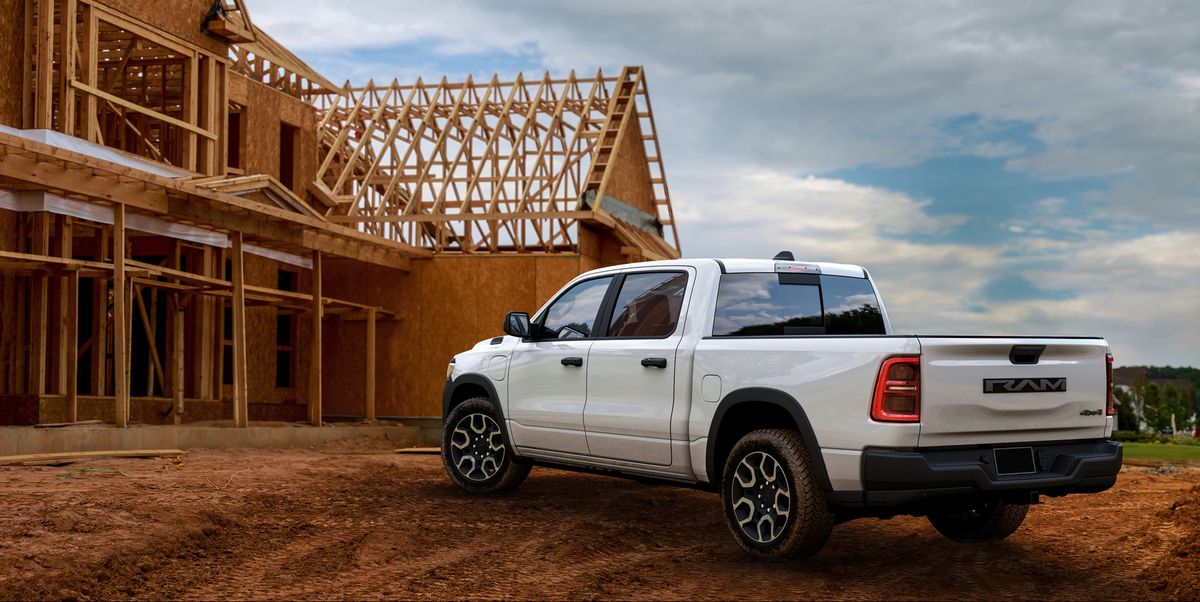Seems to me the vehicle may experience the same series hybrid limitation the Gen 1 Volt did... not enough power-generating capacity remaining in the default "extended range" battery buffer to meet demand in high power demand driving conditions (e.g., driving up steep roads), leading to Propulsion Power Reduced episodes. The Gen 1's remedy was to provide Mountain Mode to increase the buffer from the default ~20%-22% of full battery capacity to ~45% SOC.
From the linked article:
Mountainous Towing
Headed for the mountains? Select Tow mode, and the charge-sustaining set-aside percentage is increased to 35 percent, up from the normal 16 percent. The V-6 engine and generator set will come online earlier, and the generator will run closer to peak output more of the time. Between that and the enlarged Tow mode battery reserve, Ram says the Ramcharger should be more than able to tackle the kind of long, steep grades found in the mountain West.
..."should be more than able to" ...of course, what the Gen 1 Volt experience showed us is that over time, capacity is lost not only by the battery, but also by the default extended range battery buffer. Over time, the "high power demand" driving conditions that trigger a PPR episode when driving with a fully depleted battery become more and more frequent... The shrinking buffer is more readily drained to the point that triggers the PPRs, and individual battery cells become more unbalanced at low charge levels, and as time goes by that could make it necessary to shift into "tow" mode (reducing the "all-electric" range) even when conditions are less "mountainous."
...and if there’s a "tow" mode, how much owner demand would be needed to equip it with a "hold" mode to enable the long-haul towing through lots of elevation changes to be done with lots of power-generating capacity in the battery, with "normal" mode then available for use in the more ev-efficient driving conditions?

 www.caranddriver.com
www.caranddriver.com





